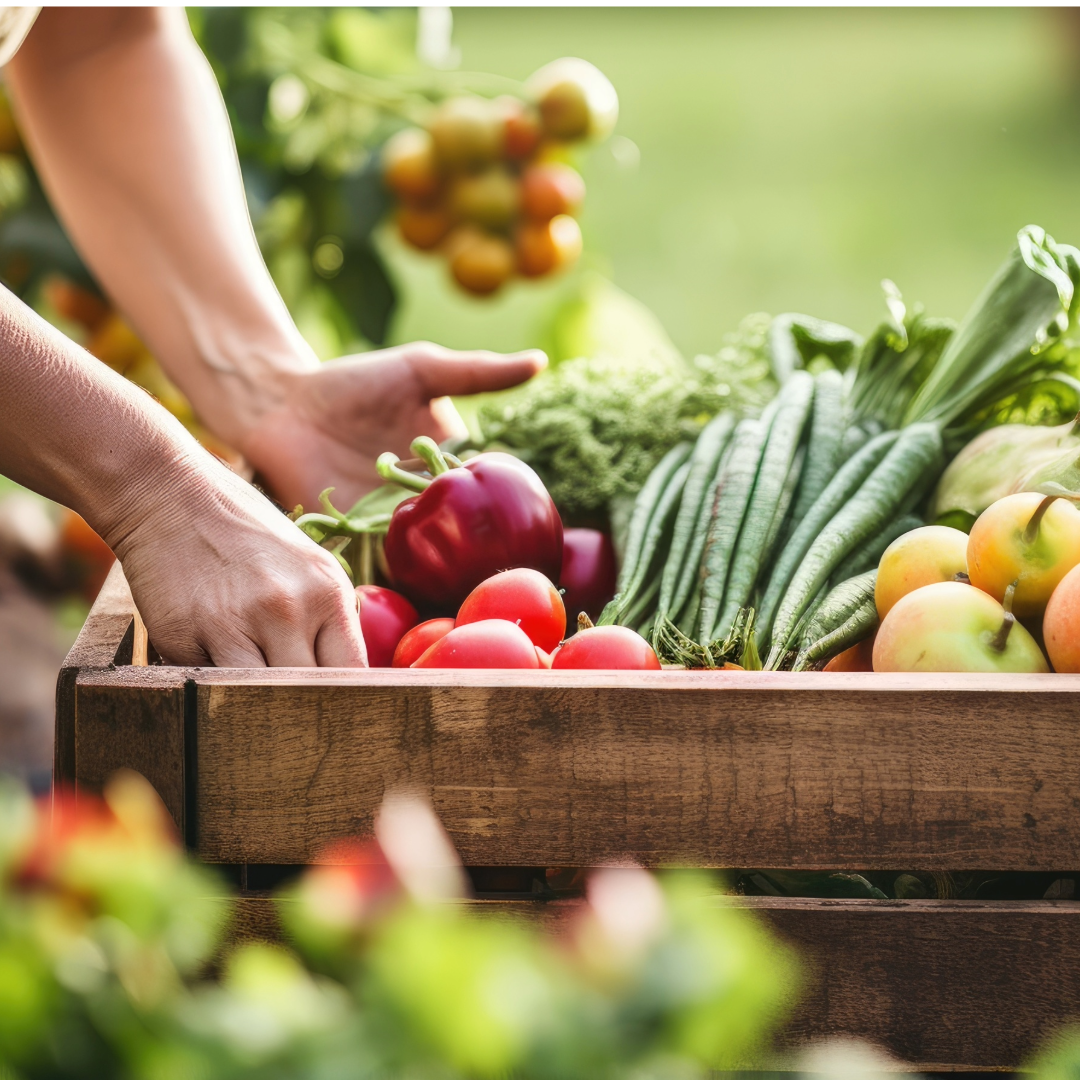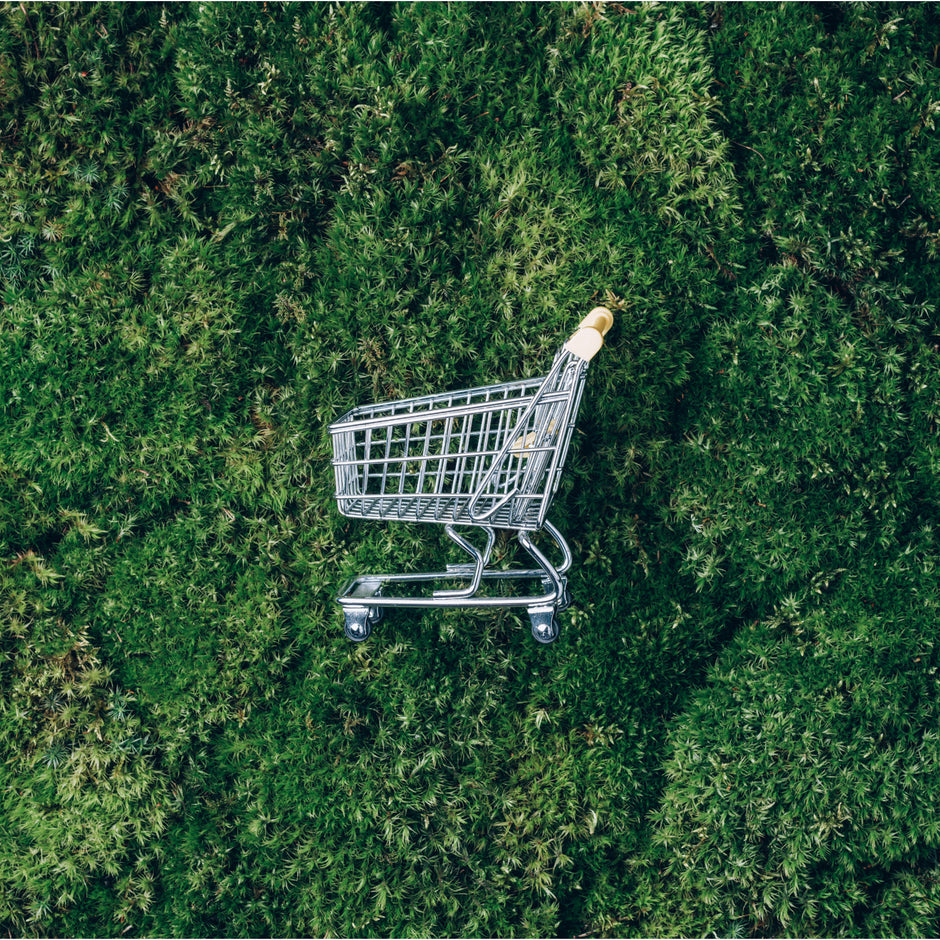Welcome, green thumbs and those who want to become one! Do you dream of growing your own vegetables and are you looking for a sustainable solution to do this right at home? Perfect, because today it's all about raised beds and growing houses - two wonderful methods for sustainably and self-sufficiently gardening in your own four walls or in a small garden. Let's explore the differences together and find out which method best suits your lifestyle!
Raised beds: efficient gardening in a small space
Raised beds are not only a visual enrichment for any garden or balcony, but also a very efficient way to grow vegetables and herbs. They are elevated, meaning you don't have to bend down to farm them. But there is even more to discover:
Benefits of raised beds
- Ergonomic gardening : Ideal for people who have back problems or want to avoid kneeling activities.
- Controlled soil conditions : You can adjust the soil specifically for the needs of your plants.
- Reduced pest exposure : The height of the bed makes it harder for pests to get to your plants.
- Aesthetics : Raised beds can be very decorative and give your garden or balcony a structured look.
Disadvantages of raised beds
- Space limitations : The size of your raised bed limits how much you can grow.
- Initial investment : Creating or purchasing a raised bed may cost a bit initially.
- Water requirements : Raised beds can dry out more quickly and therefore require regular watering.
Propagation houses: Your mini greenhouse for optimal plant growth
Grow houses, sometimes referred to as mini greenhouses, are small, enclosed structures that provide a perfect environment for seeds to germinate and young plants to grow.
Advantages of propagation houses
- Seasonal planting : You can grow plants regardless of the outside temperature.
- Protected environment : Your plants are protected from extreme weather conditions and pests.
- Optimal Growing Conditions : You can control the climate inside the grow house to achieve the best growth.
Disadvantages of propagation houses
- Space and location : They need a suitable, sunny spot in your home or garden.
- Care effort : Regular control of temperature and humidity is necessary.
- Amenities costs : Lighting, heating and ventilation may incur additional costs.
Sustainability and self-sufficiency: A step towards a green future
By choosing raised beds or growing houses, you are taking a big step towards sustainability. You reduce your ecological footprint by growing food locally, reducing transport routes and packaging waste. You will also learn to appreciate the value of home-grown vegetables and can be sure that no harmful chemicals are used.
The circle of life
Your own garden is a wonderful example of a sustainable cycle: kitchen scraps can be composted and used as fertilizer, which in turn promotes the growth of new plants. So the circle closes and you become part of an ecological system.
Conclusion
Whether you choose a raised bed, a grow house, or a combination of both, what's important is that you're taking a step toward a more sustainable, self-sufficient lifestyle. It is an enriching experience that is not only good for your body, but also your soul. So, grab your garden tools and start creating your own little green wonder! 🌿🥕🌻







